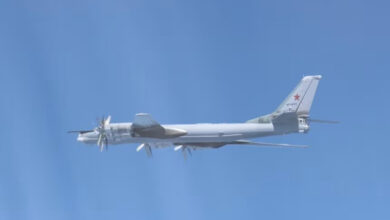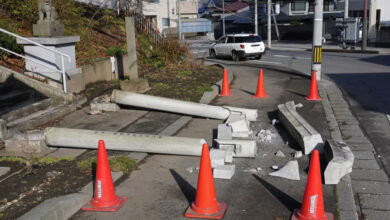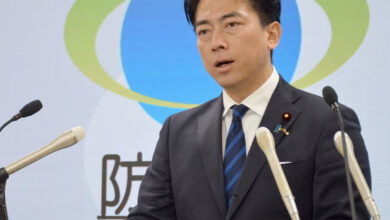The Fukushima nuclear disaster released twice as much radioactive substance into the atmosphere as Japanese authorities estimated. A preliminary report says more than 40 per cent of the total radiation released at Chernobyl was leaked at Fukushima.
The estimate of much higher levels of radioactive cesium-137 comes from a worldwide network of sensors.
Study author Andreas Stohl of the Norwegian Institute for Air Research said the Japanese government estimate came only from data in Japan, which would have missed emissions blown out to sea.
The study did not consider the health implications of the radiation. Cesium-137 can last in the environment for decades, releasing radiation.
The long-term effects of the nuclear accident are unclear because of the difficulty of measuring how much radiation people received.
Stohl said emission estimates are so imprecise that finding twice the amount of cesium isn't considered a major difference. He said some previous estimates had been higher.
The journal Atmospheric Chemistry and Physics posted the report online for comment, but it has yet to be formally reviewed by experts in the field or accepted for publication.
The Nuclear and Industrial Safety Agency, the Japanese government branch overseeing such findings, was not immediately available for comment.
Stohl's report also said about a fifth of the cesium fell within Japan, while most of the rest fell into the Pacific Ocean. Only about 2 per cent of the fallout came down on land outside Japan, the report concluded.
Experts have no firm projections about how many cancers could result because they're still trying to find out what doses people received. Some radiation from the accident has also been detected in the United States, but experts say they expect no significant health consequences there.
Still, concern about radiation is strong in Japan. Many parents of small children in Tokyo worry about the discovery of radiation hotspots, even though government officials say they don't pose a health risk.
Former Prime Minister Naoto Kan had said the most contaminated areas inside the evacuation zone could be uninhabitable for decades.
Stohl also noted that his study found cesium-137 emissions dropped suddenly when workers started spraying water on the spent fuel pool from one of the reactors. That challenged previous thinking that the pool wasn't emitting cesium, he said.




